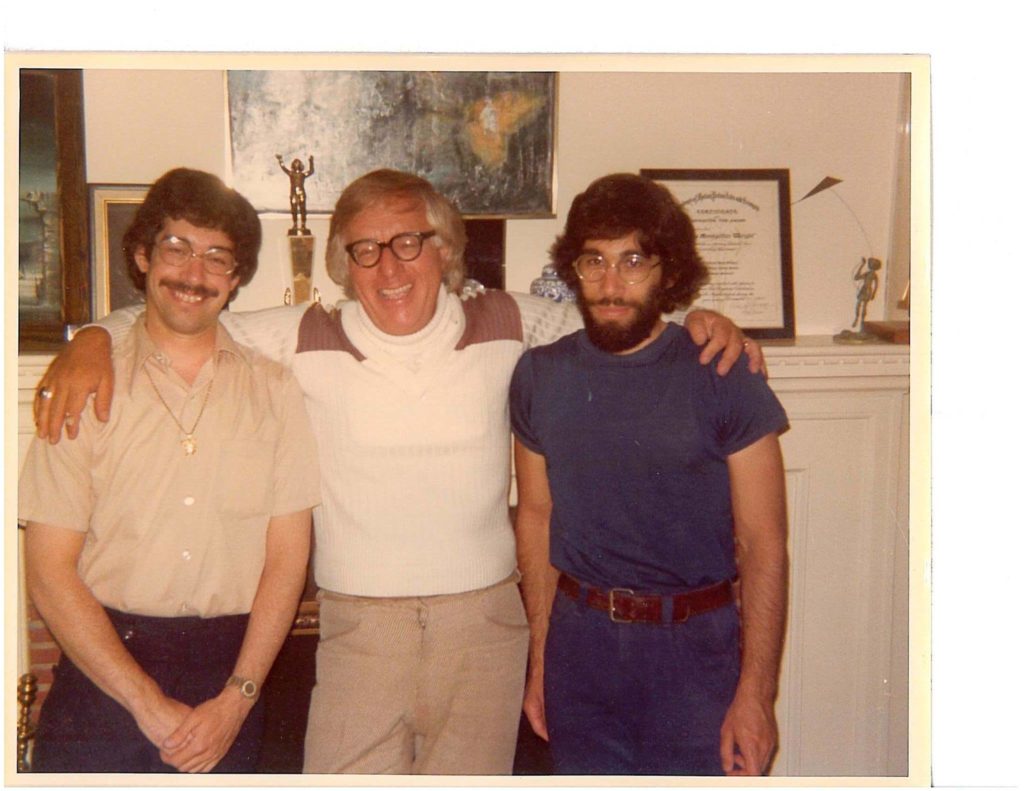
By Steve Vertlieb: It may not come as much of a surprise to anyone that I was a sheltered, lonely, sensitive kid. I was born in the closing weeks of 1945, and grasped at my tentative surroundings with uncertain hands. It wasn’t until 1950 when I was four years old that my father purchased a strange magical box that would transform and define my life. The box sat in our living room and waited to come alive. Three letters seemed to identify its persona and bring definition to its existence. Its name appeared to be RCA, and its identity was known as television. I can recall being transfixed by this odd, unusual box that would ultimately transfigure my identity, bridging the highway that would carry me into maturity. I was frightened, perhaps, and uncertain of the path that lay before me. Yet this wondrous brown box would open worlds and dimensions as yet unsuspected and unknown to me. I would sit at its feet in the living room of the house where I grew up, staring endlessly at its darkened screen, waiting expectantly for it to come alive. An image of an American Indian stared back at me throughout the afternoon hours, enticing me to somehow breach its invisible persona and find meaning beyond its seemingly impenetrable identity. Then, magically each night, the screen would flicker and begin to waken, coming to life in foggy, black and white imagery that was at once both astonishing and hypnotic. There I discovered the adventures of Hopalong Cassidy, The Lone Ranger, Roy Rogers and their adventurous sidekicks. There was also the music of Paul Whiteman and Kate Smith, as well as the unbridled hilarity of a young comedy team known as Martin and Lewis whose unrestrained anarchism exploded joyously through the screen showcasing The Colgate Comedy Hour.
Milton Berle had his adult audience on The Texaco Star Theater but reached out of the holiday shadows at Christmas time to emerge just for little children like myself as “Uncle Milty.” There was Walt Disney and Pinky Lee, Gene Autry and Champion and many other purveyors of experimental broadcasting, but the true charm of those early impressionable years of growth and development, not only for the new medium, but for my own developmental path, was in the utterly fascinating exploration of outer space. There was Rod Brown of the Rockets Rangers broadcast live every Saturday morning on CBS, and starring a young actor in the lead with the vaguely cavernous name of Cliff Robertson. There was Space Patrol later in the morning sponsored by Rice Chex and Wheat Chex, airing on ABC, and starring actor Edward Kemmer as Commander Buzz Cory, fighting interstellar tyrants and extra-terrestrial creatures that kept this impressionable little boy wide eyed for countless years of his sheltered childhood.
While the new medium of television struggled to find revenue and an audience for its virtually prehistoric programming, it often rescued nineteen thirties movie serials from oblivion and introduced Larry “Buster” Crabbe to a virginal audience of innocents as Flash Gordon and Buck Rogers, while William Boyd strode valiantly into the saddle once more to star as the beloved cowboy hero for the ages, Hopalong Cassidy. Dressed in black, astride his white stallion, “Topper,” “Hoppy” captured the hearts, minds, and souls of an entirely new generation in both screenings of his original Western classic films, as well as newly produced thirty minute episodes produced expressly for television.
Later came Guy Williams as Walt Disney’s swashbuckling hero, Zorro for ABC, as well as countless forgotten heroes of the so called “Baby Boomer” generation of impressionable children who grew emotionally and intellectually alongside their magical companion throughout those youthful years of development … that magic box called television.
Television or “TV,” as it came to be known protected me from the ominous dangers of societal prejudice. I was a quiet, sensitive kid with an expansive imagination as wide at the stars. If threats of violence came too near, or the cruelty of name calling, too emotionally shattering and disruptive endangered my world, I had only to retreat for comfort and reassuring solace to the protective universe of my tiny RCA television screen. It was there, after all, that I rode the calamitous dusty trails of the American West alongside Hoppy, Roy, Gene, Zorro, and The Lone Ranger. It was there that I handily escaped the earthly gravity of troubled reality, and flew to the stars and planets in rocket ships commanded by Flash Gordon, Buck Rogers, Buzz Cory, and Rod Brown of the Rocket Rangers.
I came to cherish the faces, voices, and imagery of nearly spiritual heroism found within the magical realm of fantasy inherent in my television screen. Later, as I grew to troubled maturity, I discovered the realization of larger than life, more spectacular dreams coming to exhilarating life on the motion picture screen. It was there, at The Benner Theater in the Oxford Circle neighborhood of Northeast Philadelphia, that my dreams escaped the boundaries of the tiny box in my childhood living room, and my imagination soared to levels of profound discovery and comprehension that shaped the trajectory of my teenage years into young adulthood.
It was there that I learned to identify the names, faces, and identities of actors, actresses, writers, directors, and composers whose influence upon my life would define my own emerging identity for the rest of my life. I began writing about my admiration and affection for these larger than life personalities in youthful journals and personal diaries at, perhaps, the tender age of seven years. It was in 1968, at the invitation of a friend and correspondent in England, that I excitedly accepted an invitation to write for his fledgling magazine, L’Incroyable Cinema. It was later, in 1972, that I began to write for the first time as a paid professional in the pages of New York City’s first, original, and only bi-weekly fantasy film tabloid, The Monster Times. Since those early, impressionable years of self discovery more than fifty years ago, I’ve found my work published in relatively distinguished books, magazines, journals and, more recently, on line at a variety of film and entertainment oriented websites.
My fascination with, and adoration of, the art of motion pictures has neither abated or diminished. That magical box and its theatrical cousin continue to nourish and tantalize my dreams and aspirations. Along the way, I have been blessed with the gift of personal interaction with many of the artists, musicians, performers, and technicians whose incalculable contributions to the craft of cinema have shaped and inspired my life. I can imagine no greater blessing than to have been honored by the gift of friendship given me by countless artists whose talent and influence have inspired my own singular journey across a sea of stars and time, and I remain humbled by their kindness and friendship. In these photographs, letters, and signatures, I’ve endeavored to offer a mere suggestion of the honor that has humbly been bestowed upon me by the often selfless, kind, loving, and most gracious gift of their friendship and influence upon my life. I shall remain forever grateful for this glorious kindness.
[Photo gallery follows the jump.]
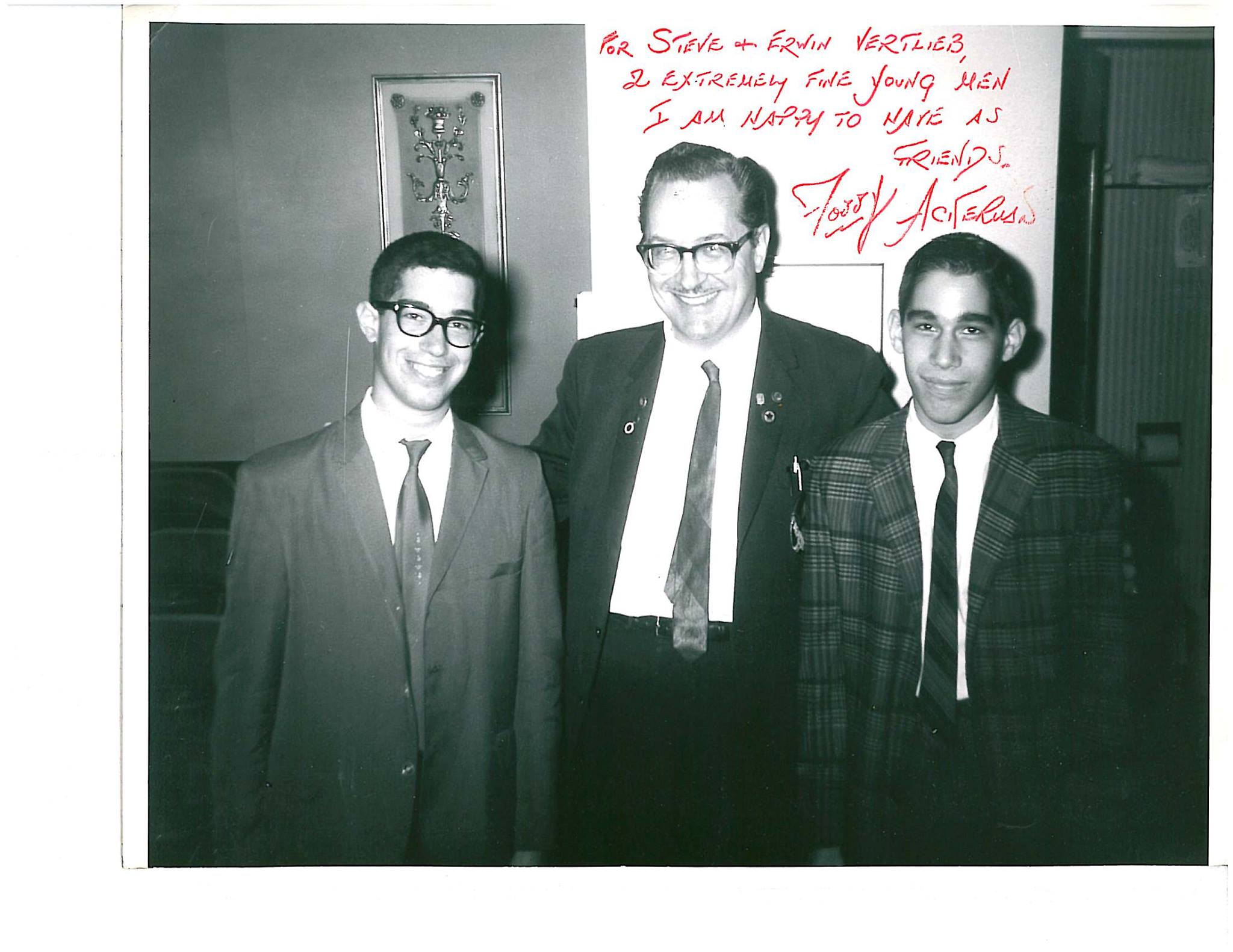

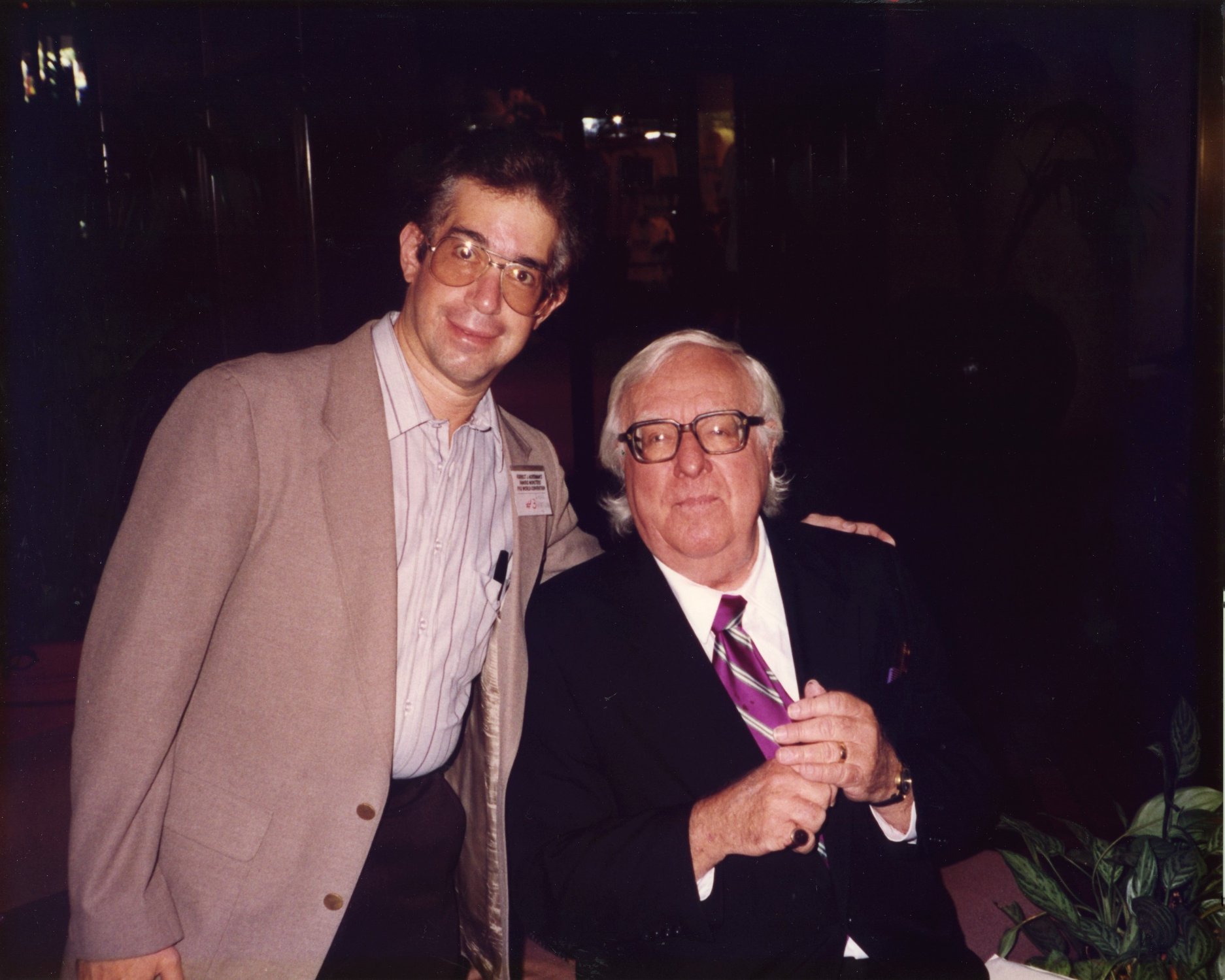
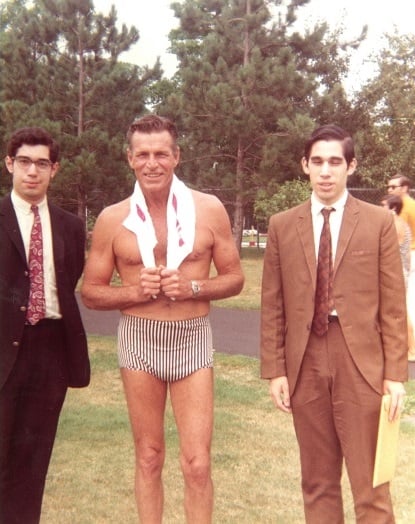

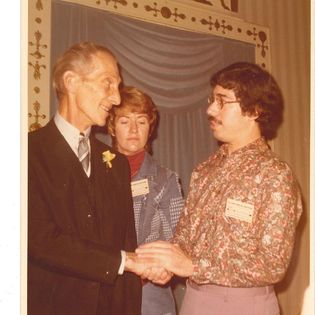

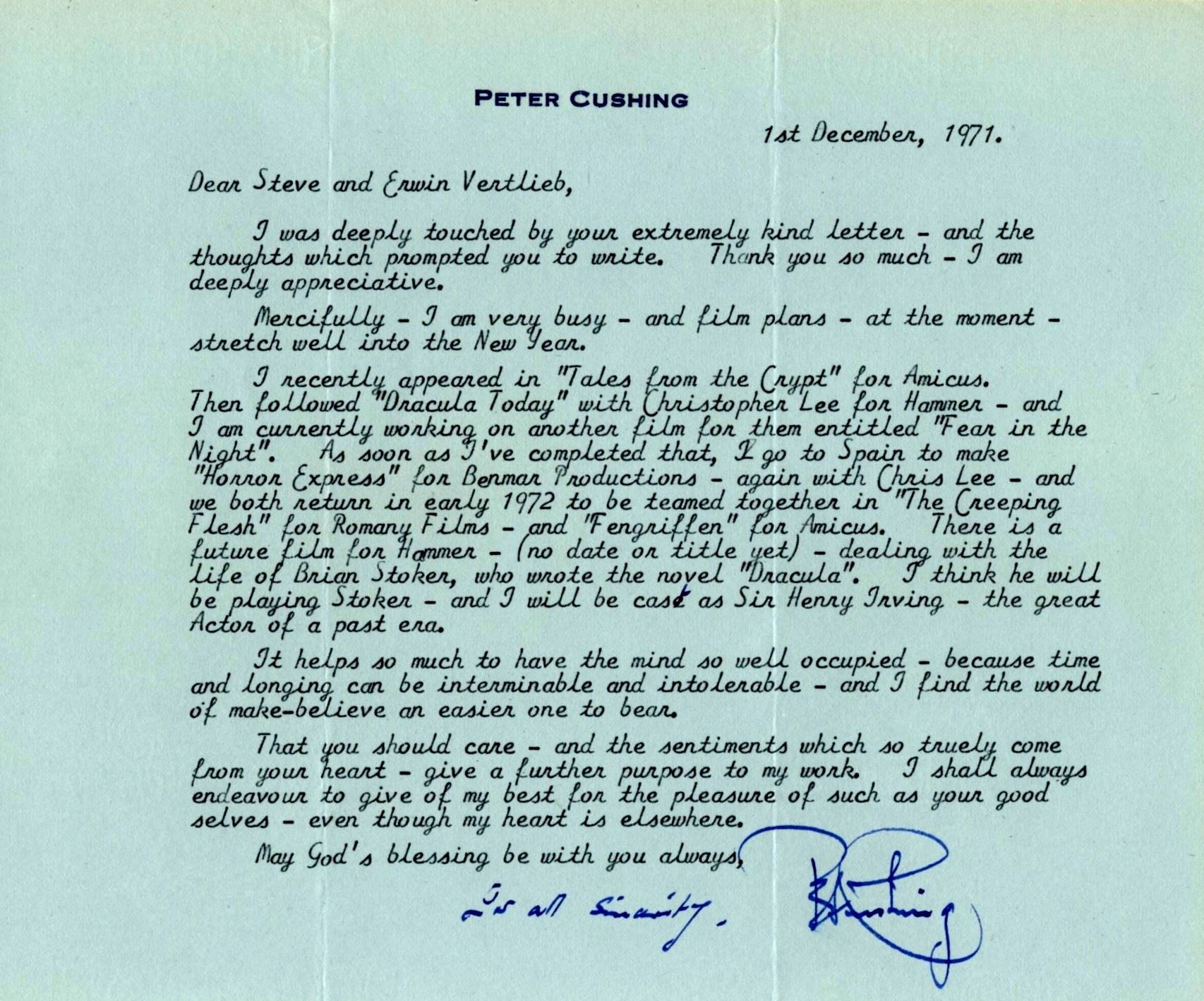
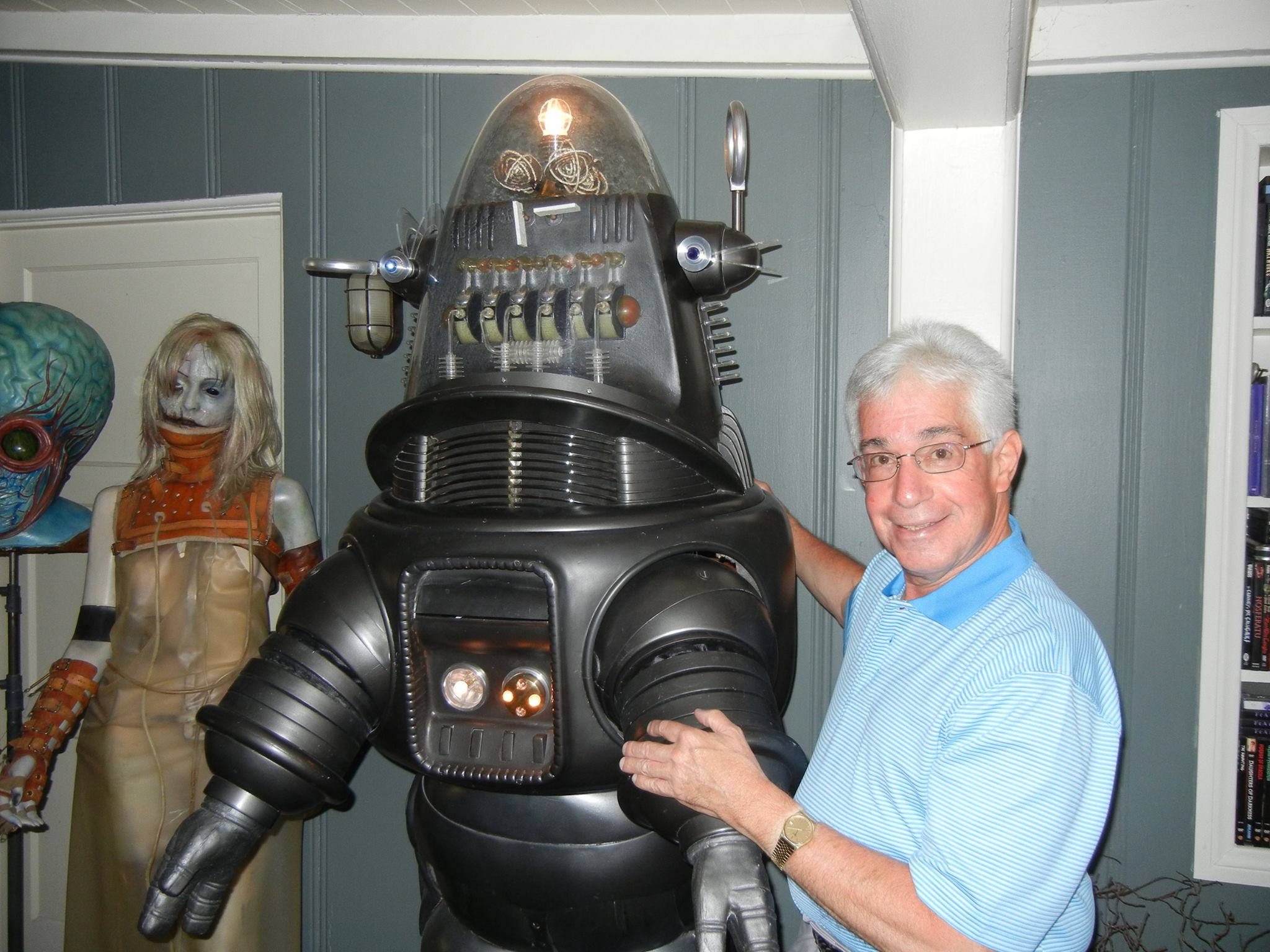

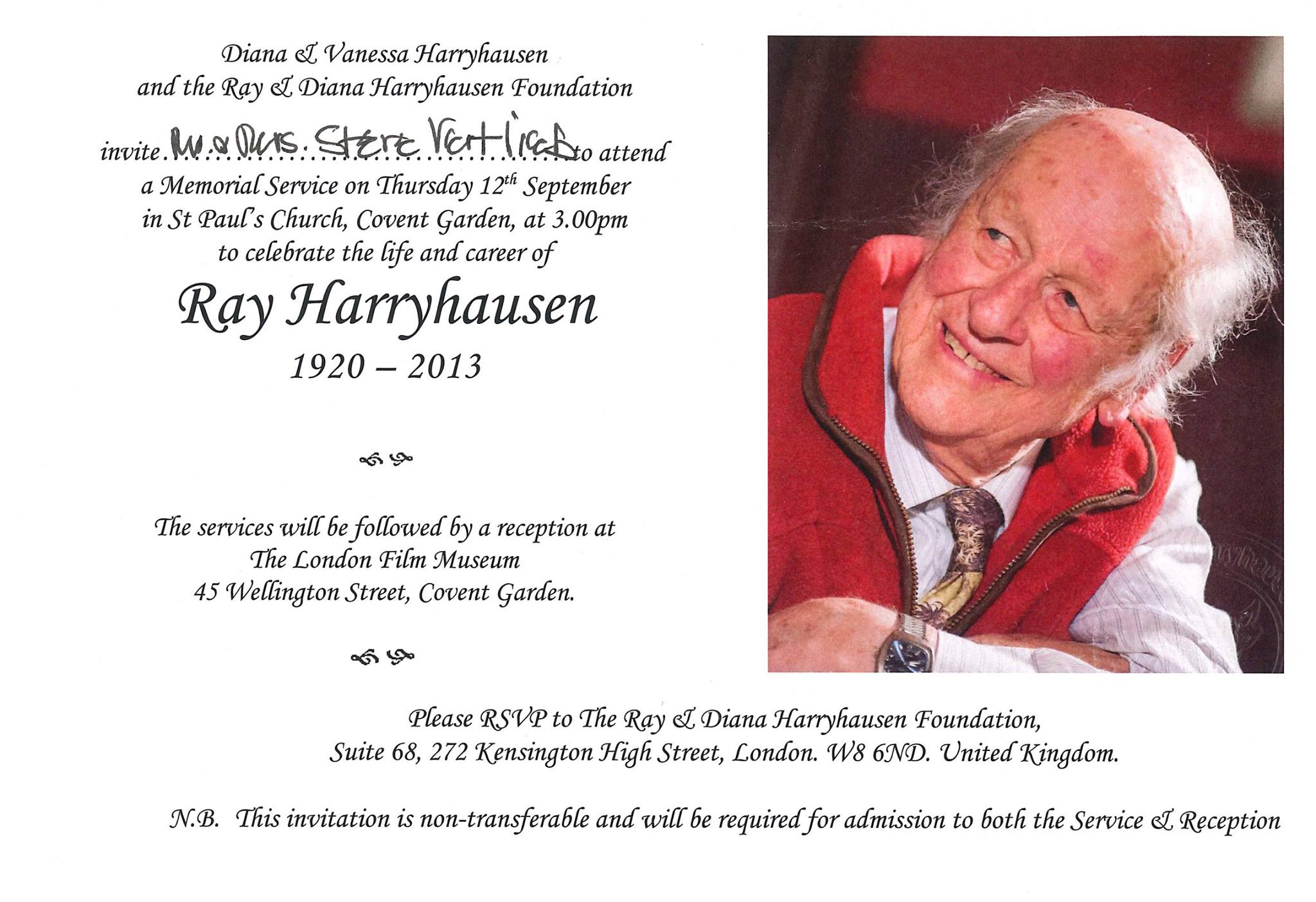
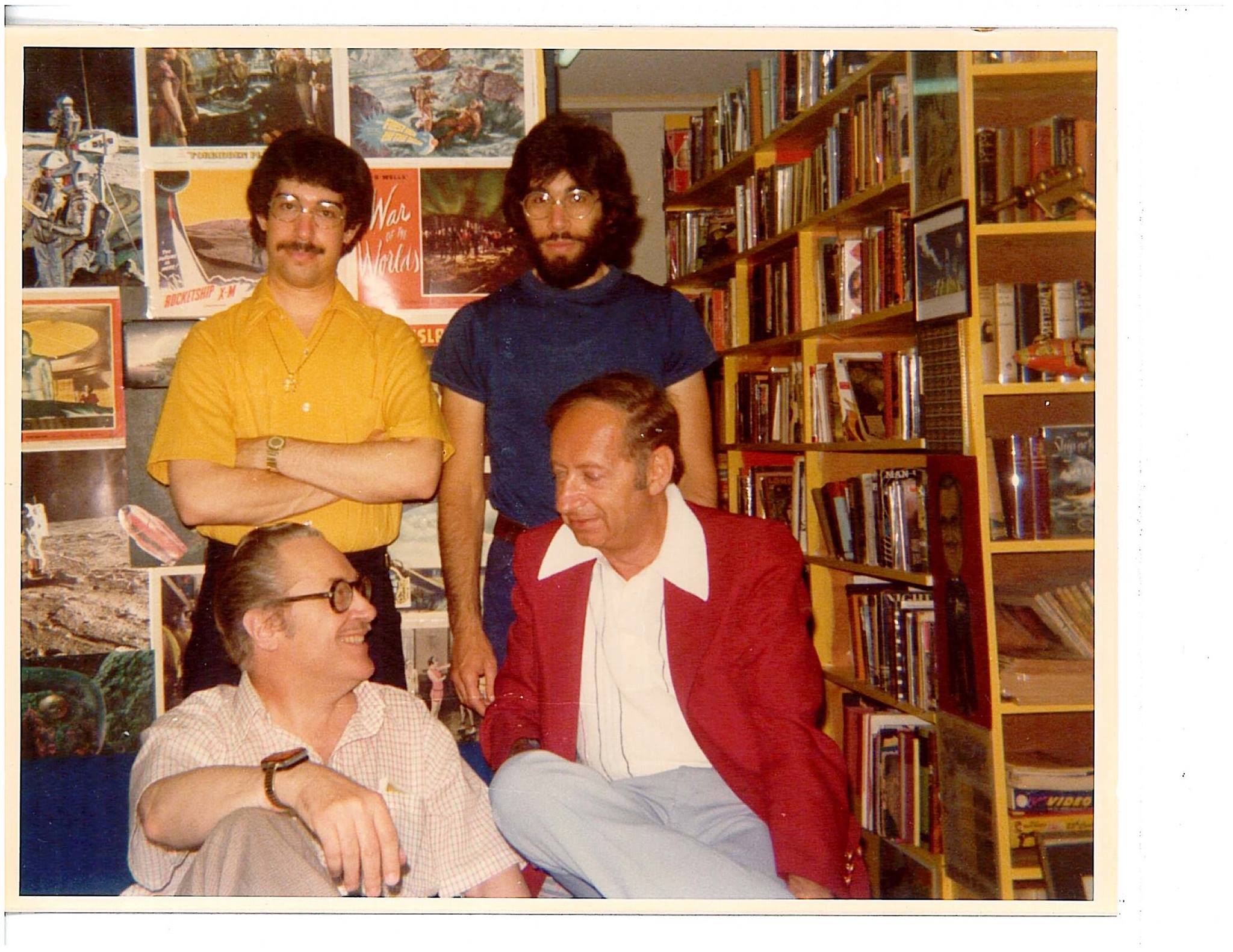
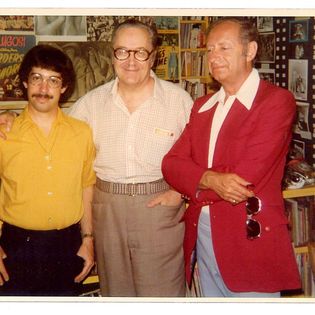
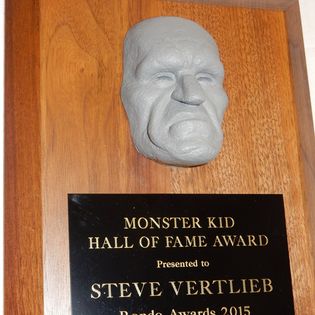

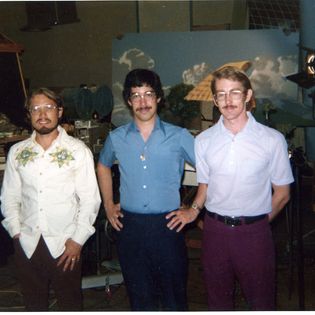
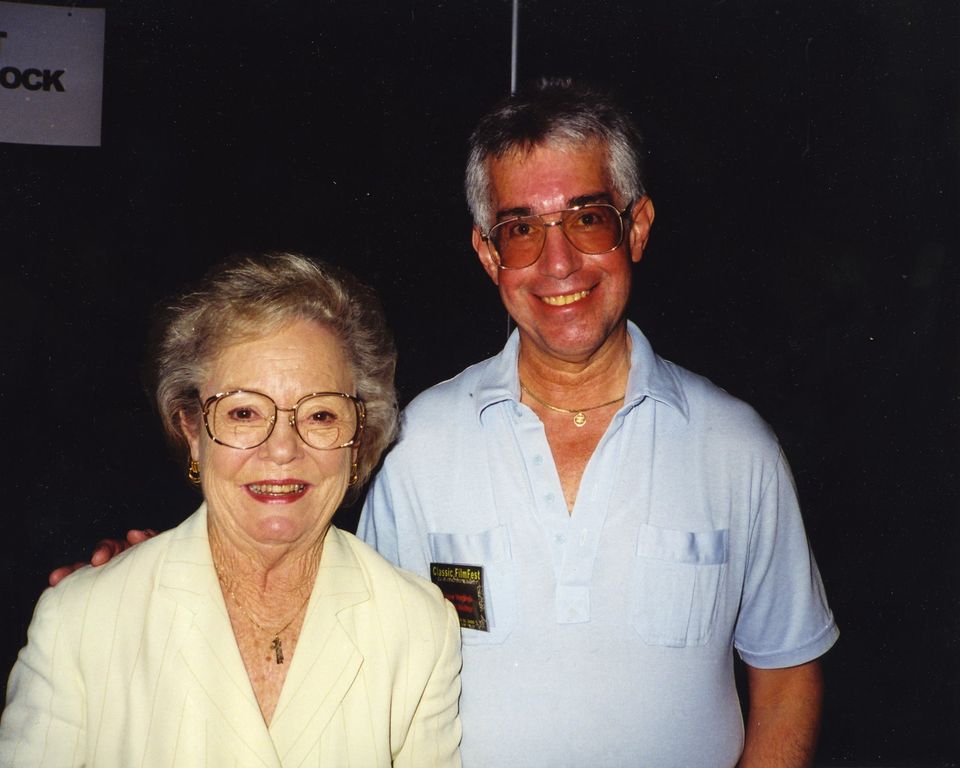



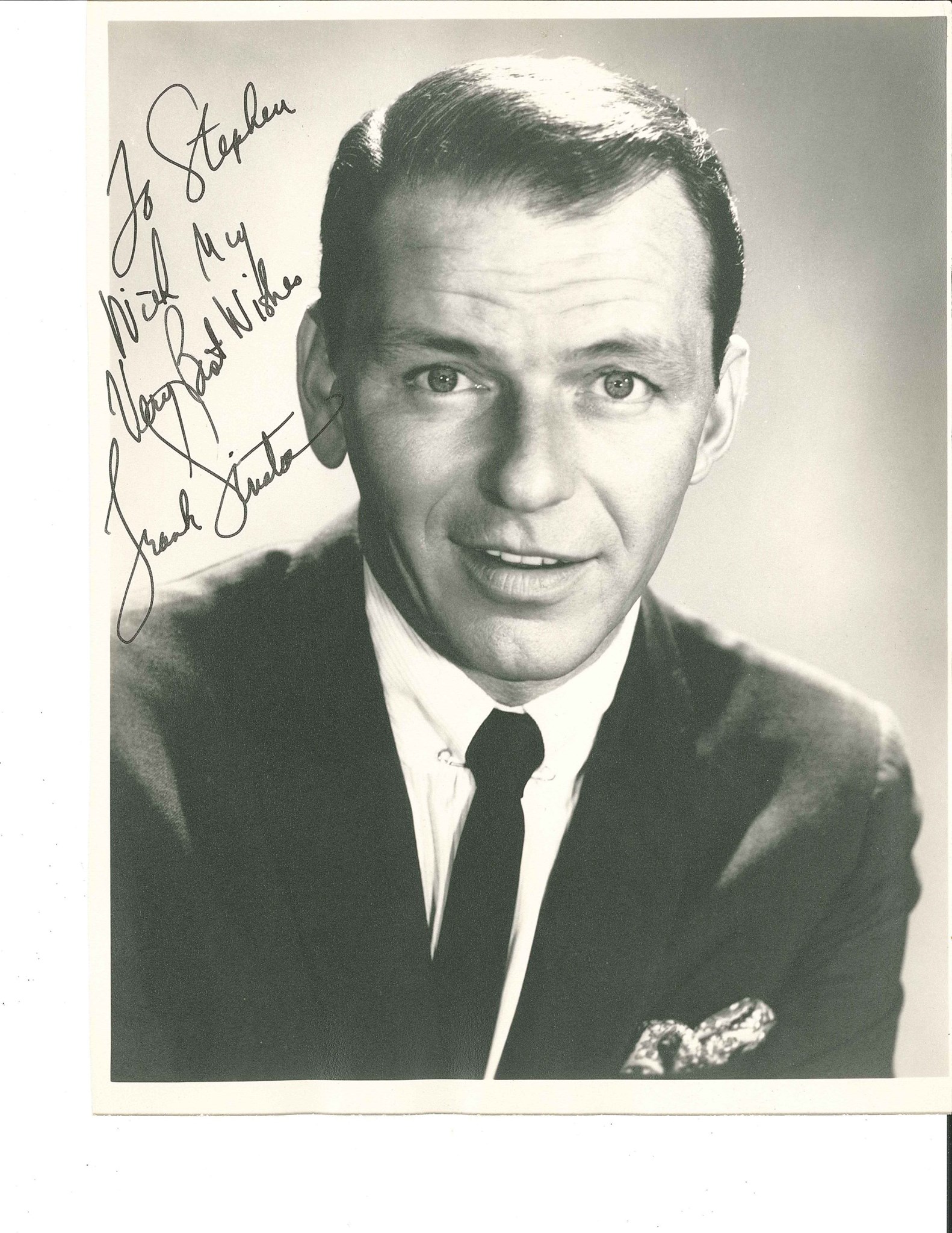


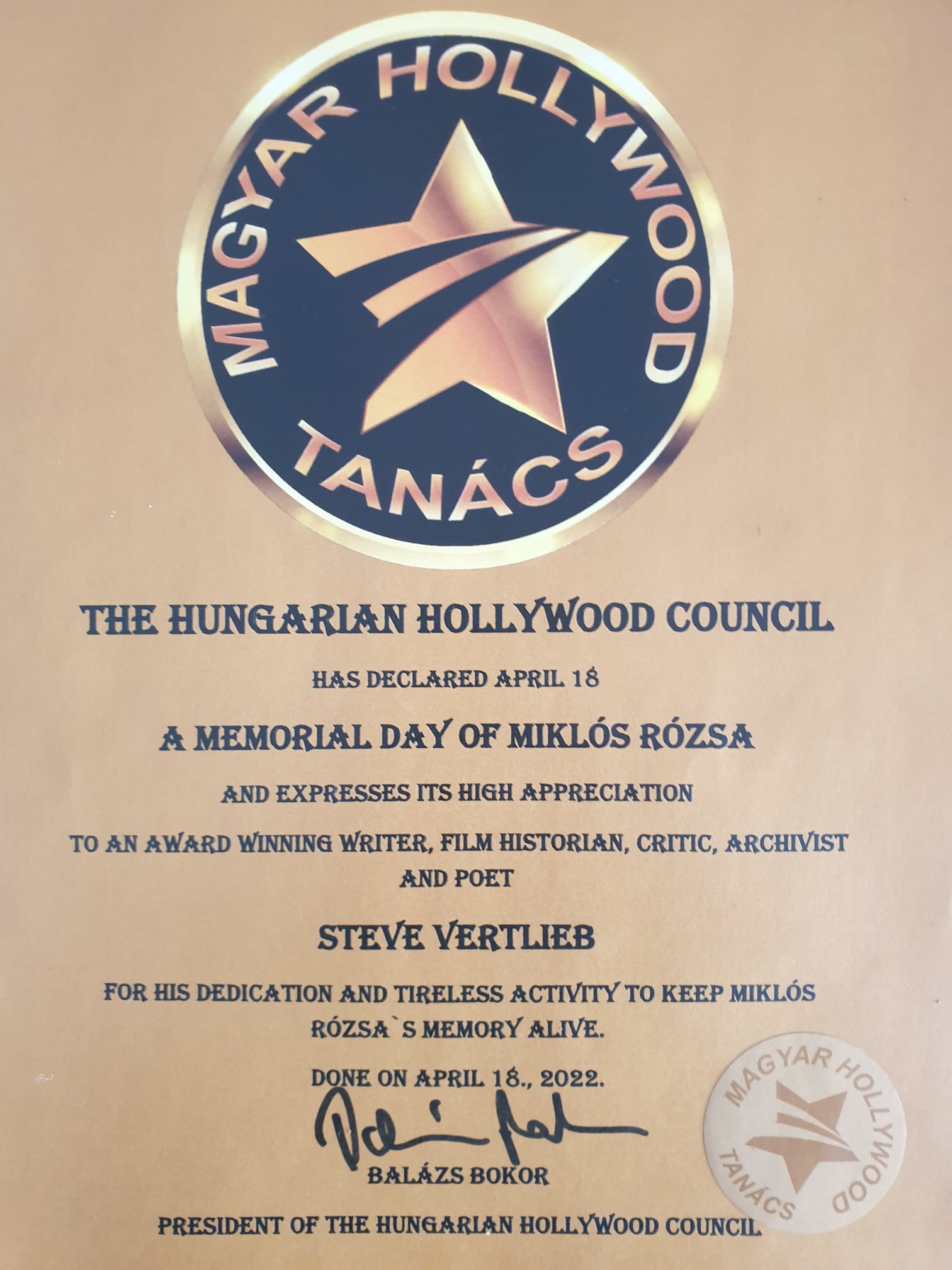
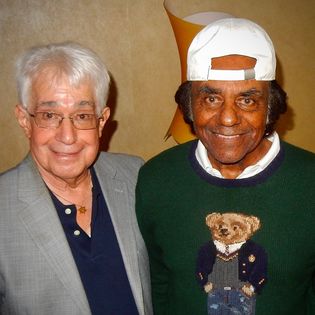

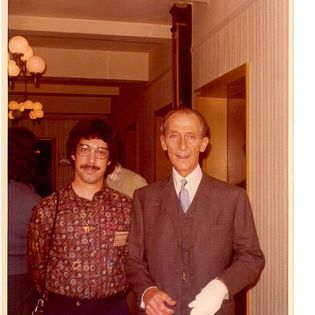
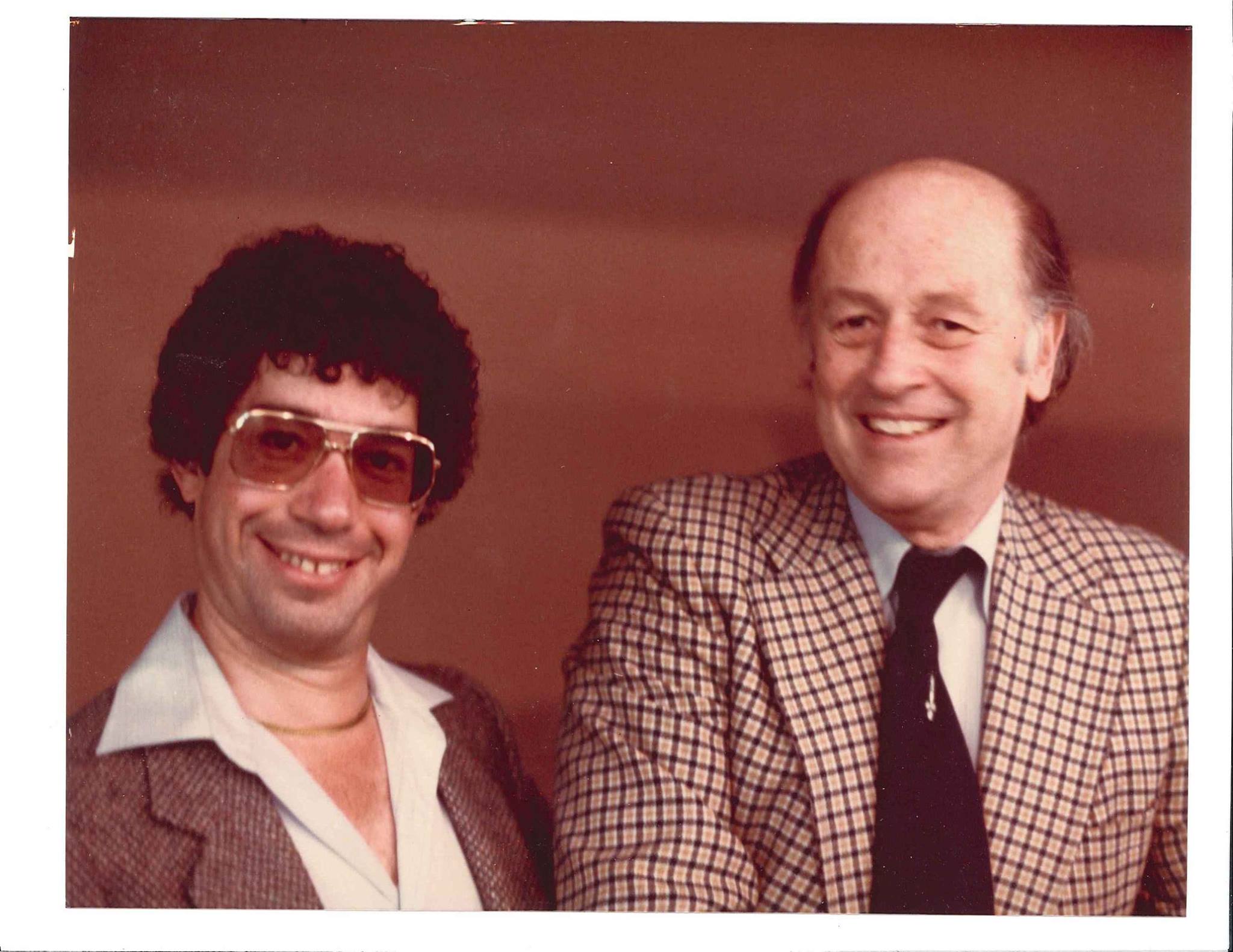
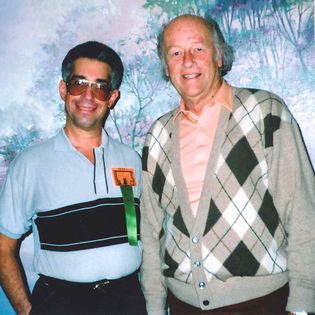
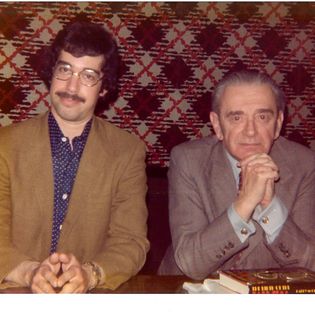
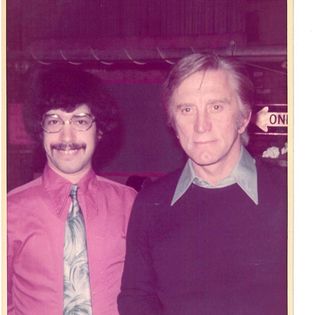


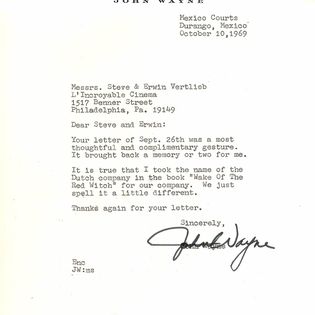
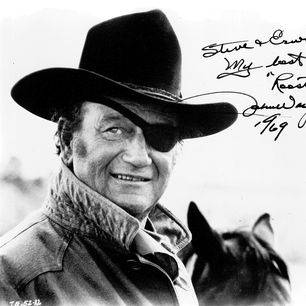
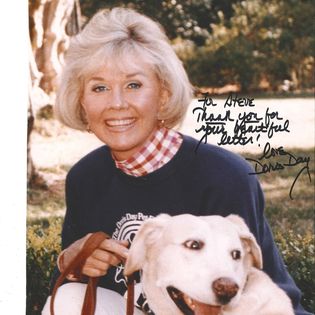
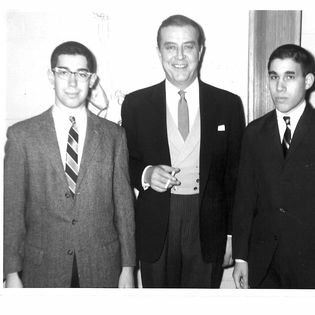
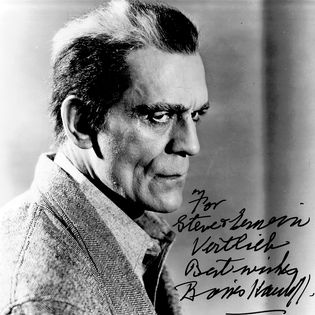
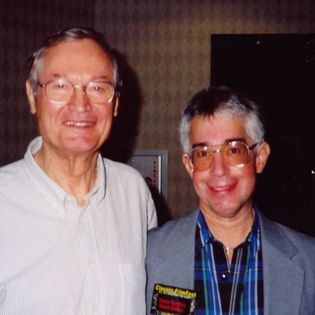

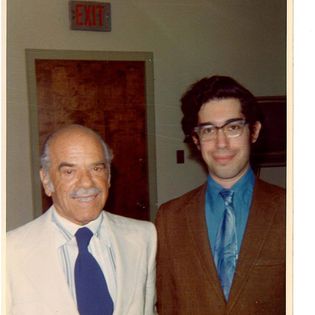



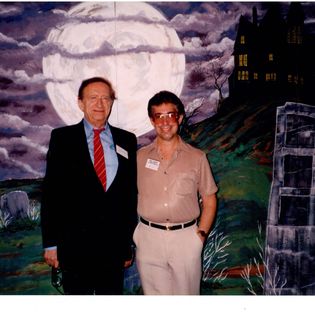

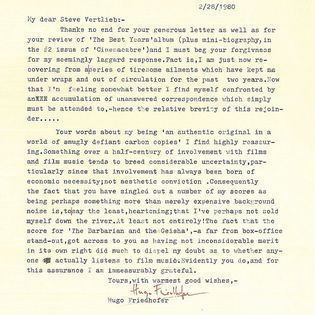
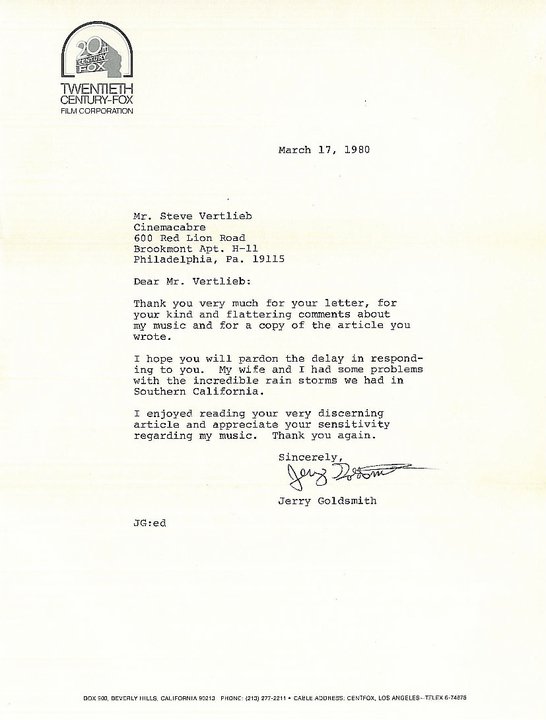
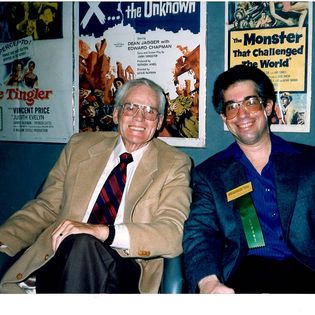

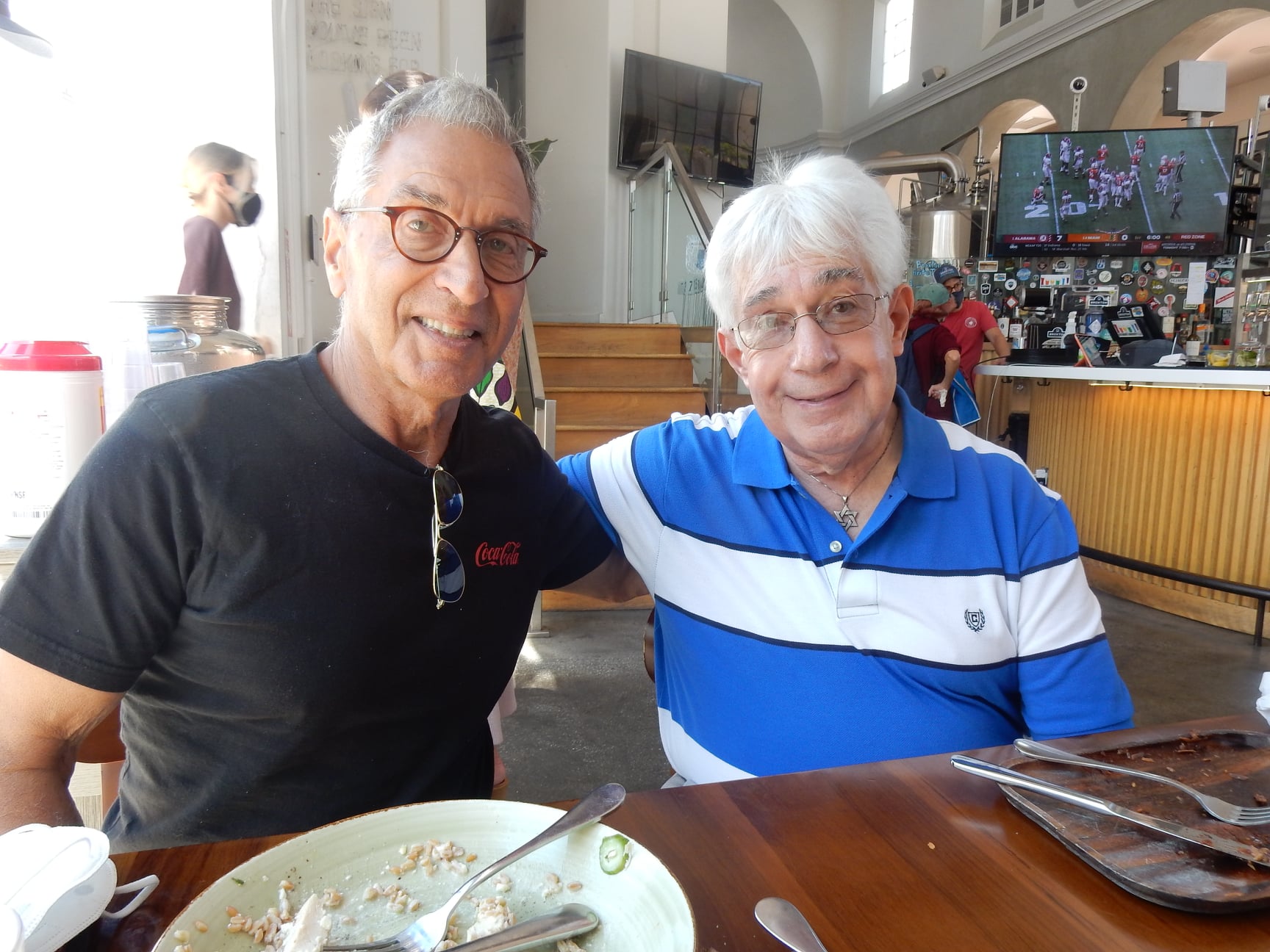

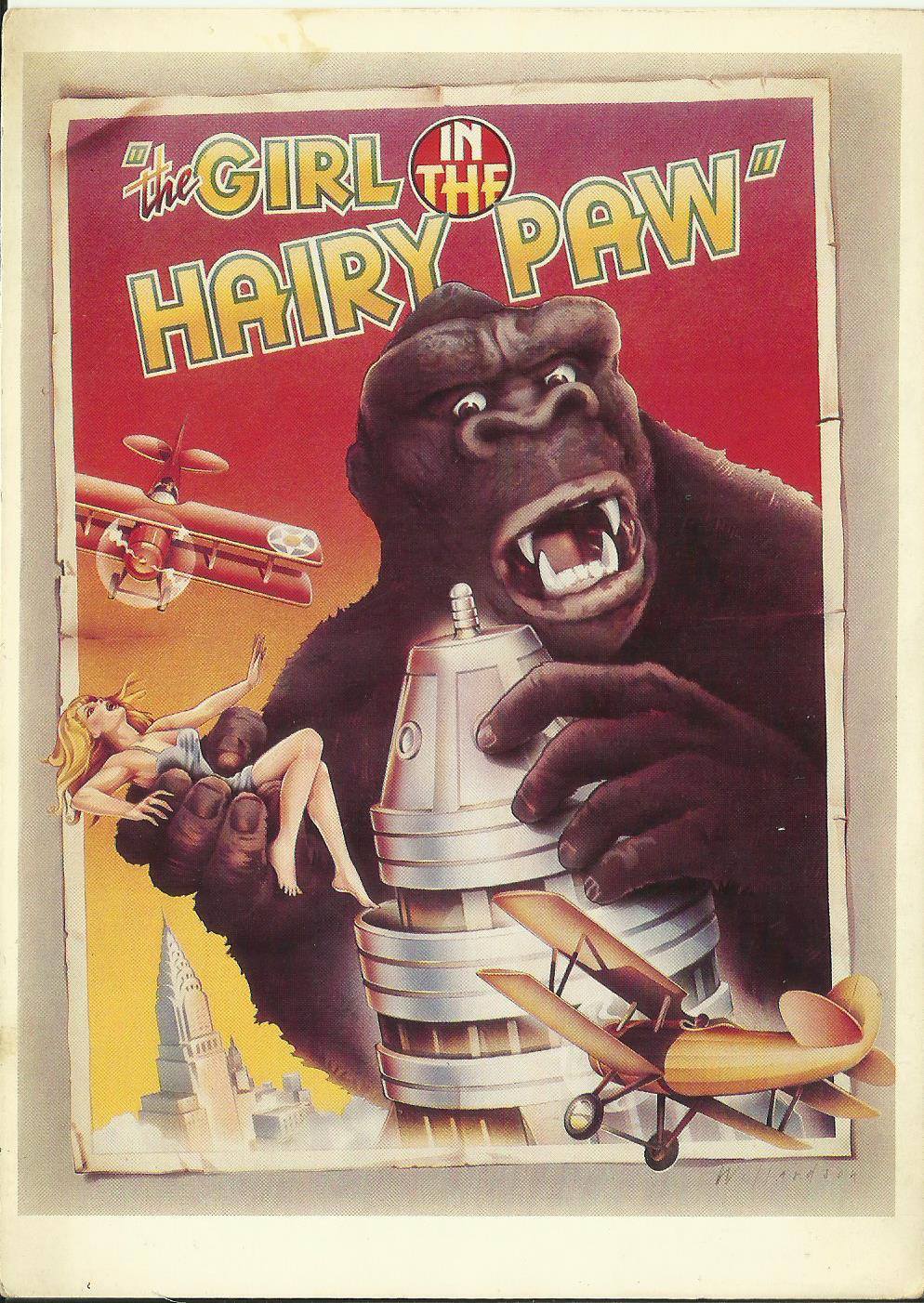
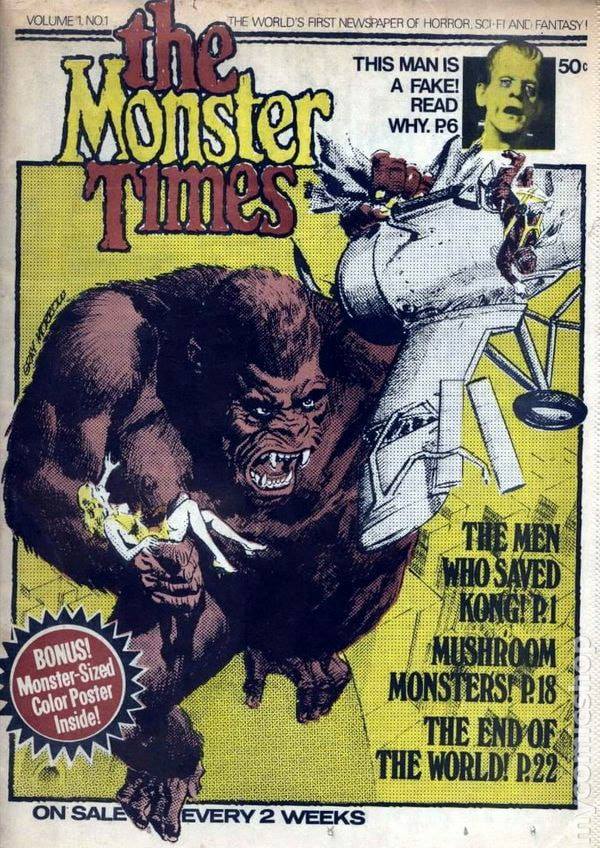



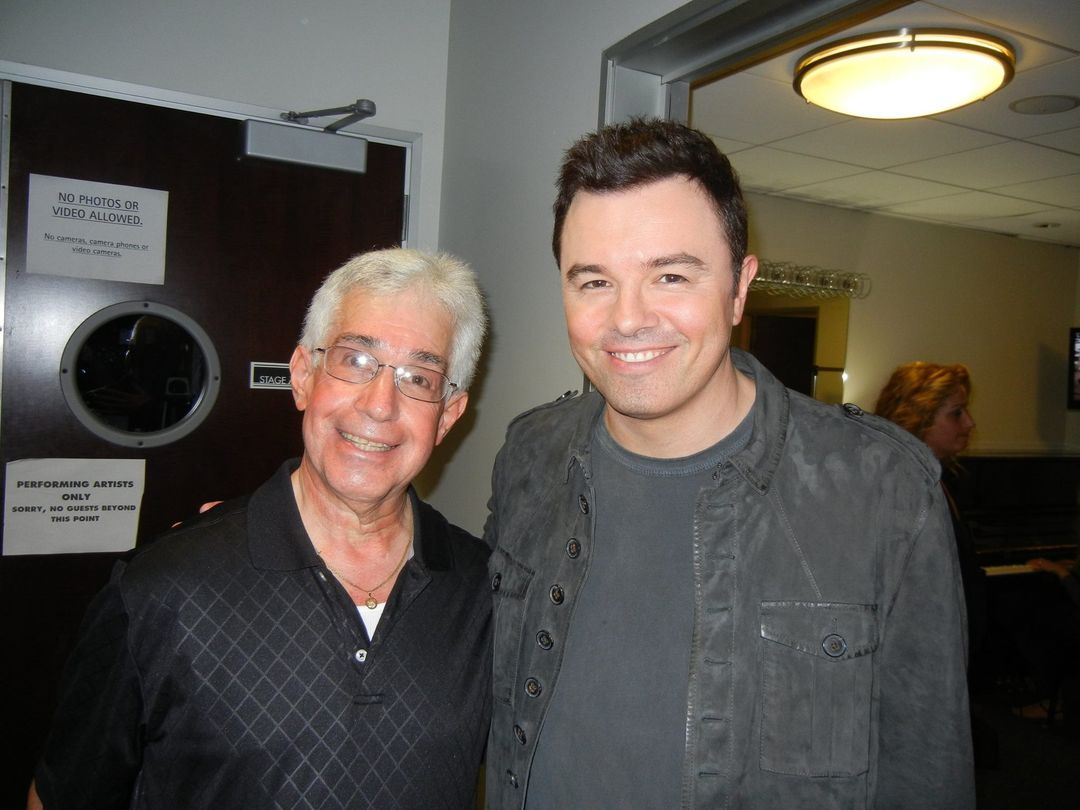
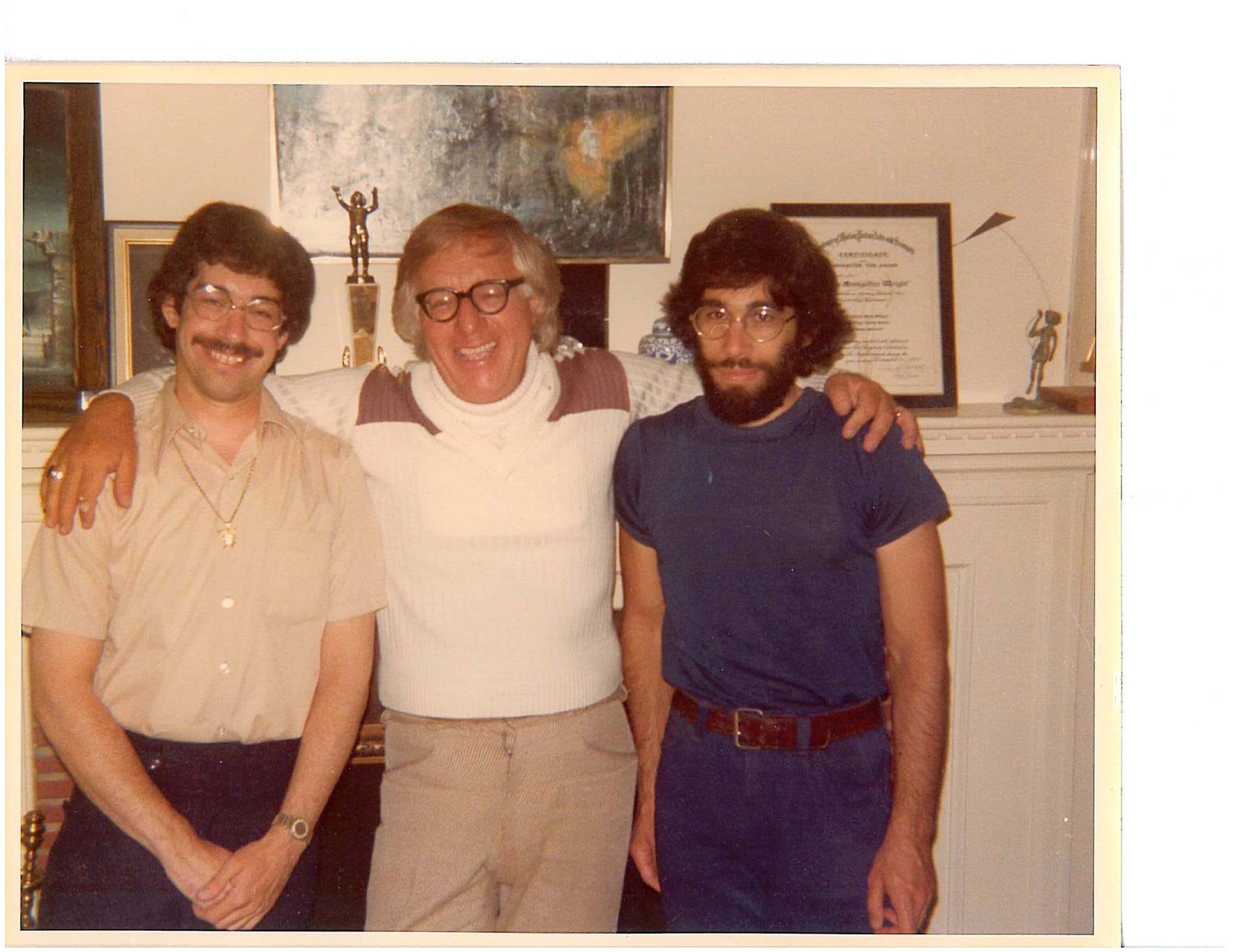
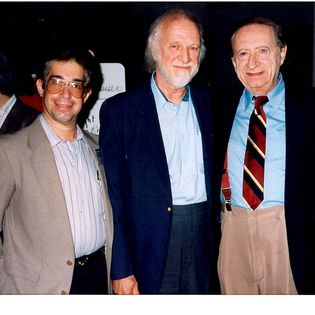
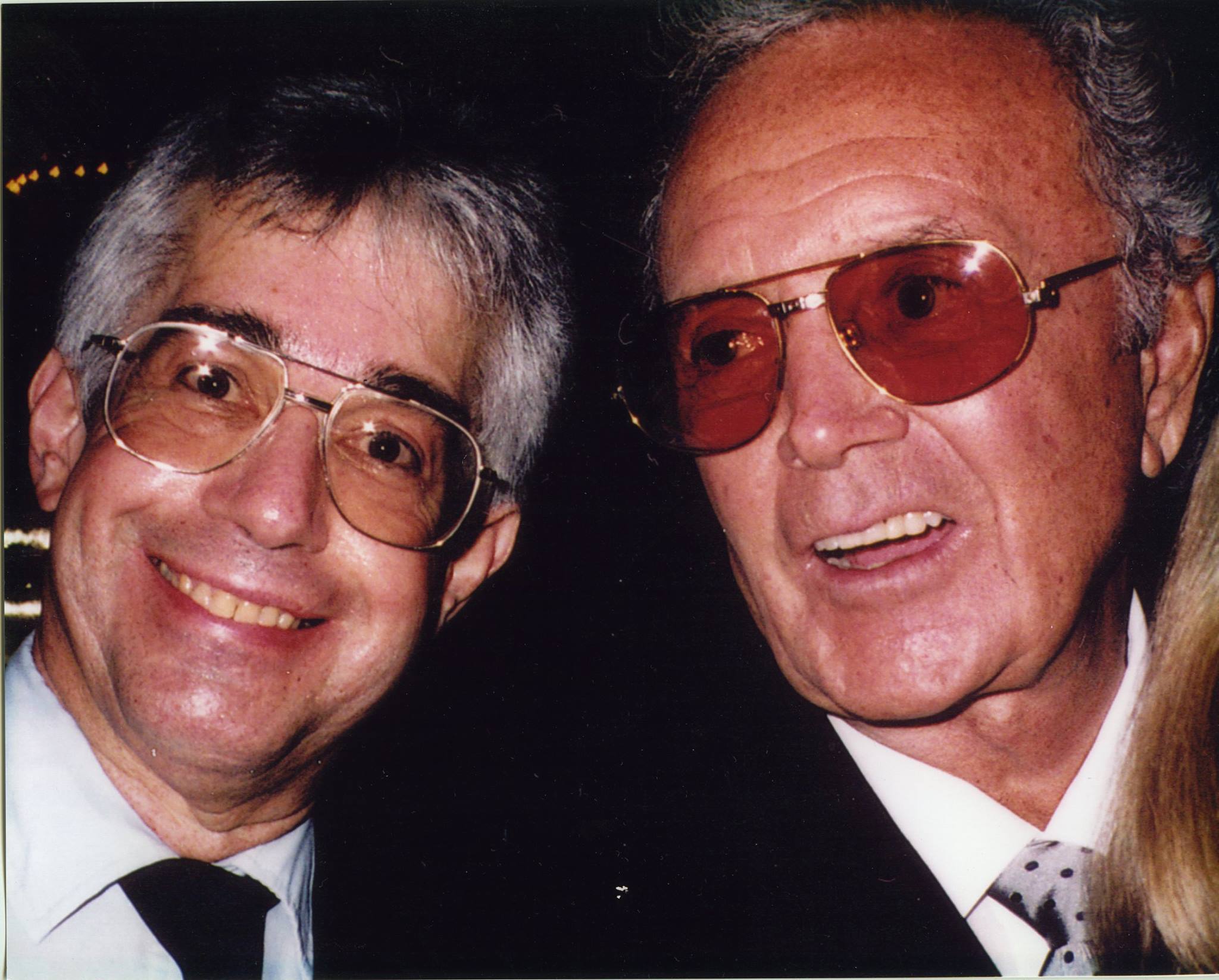


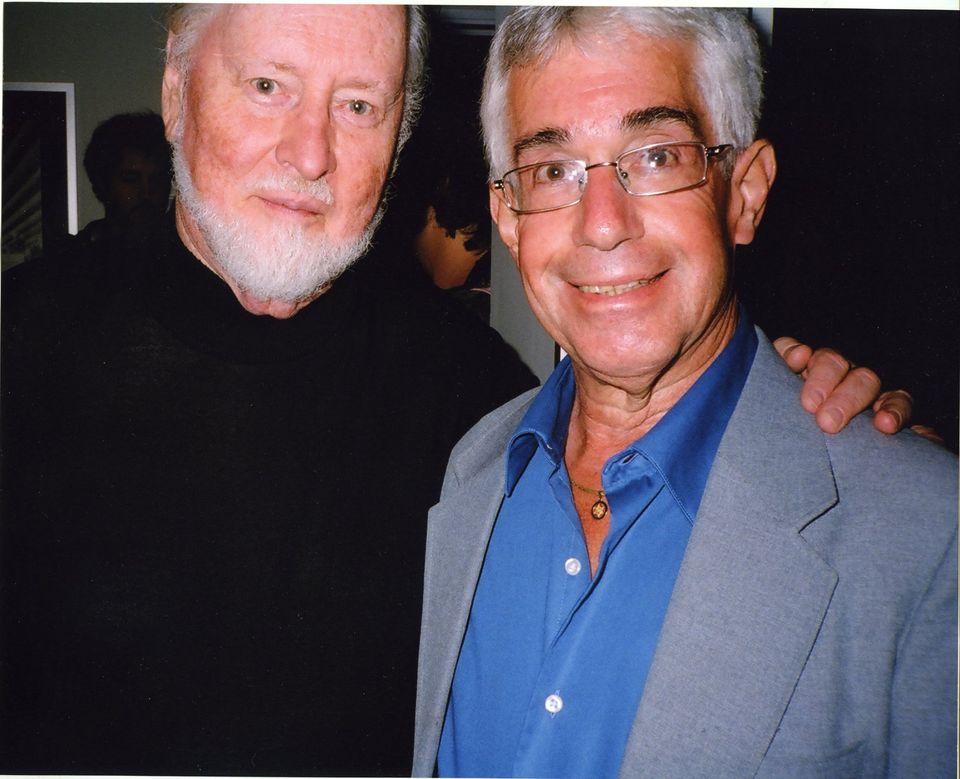
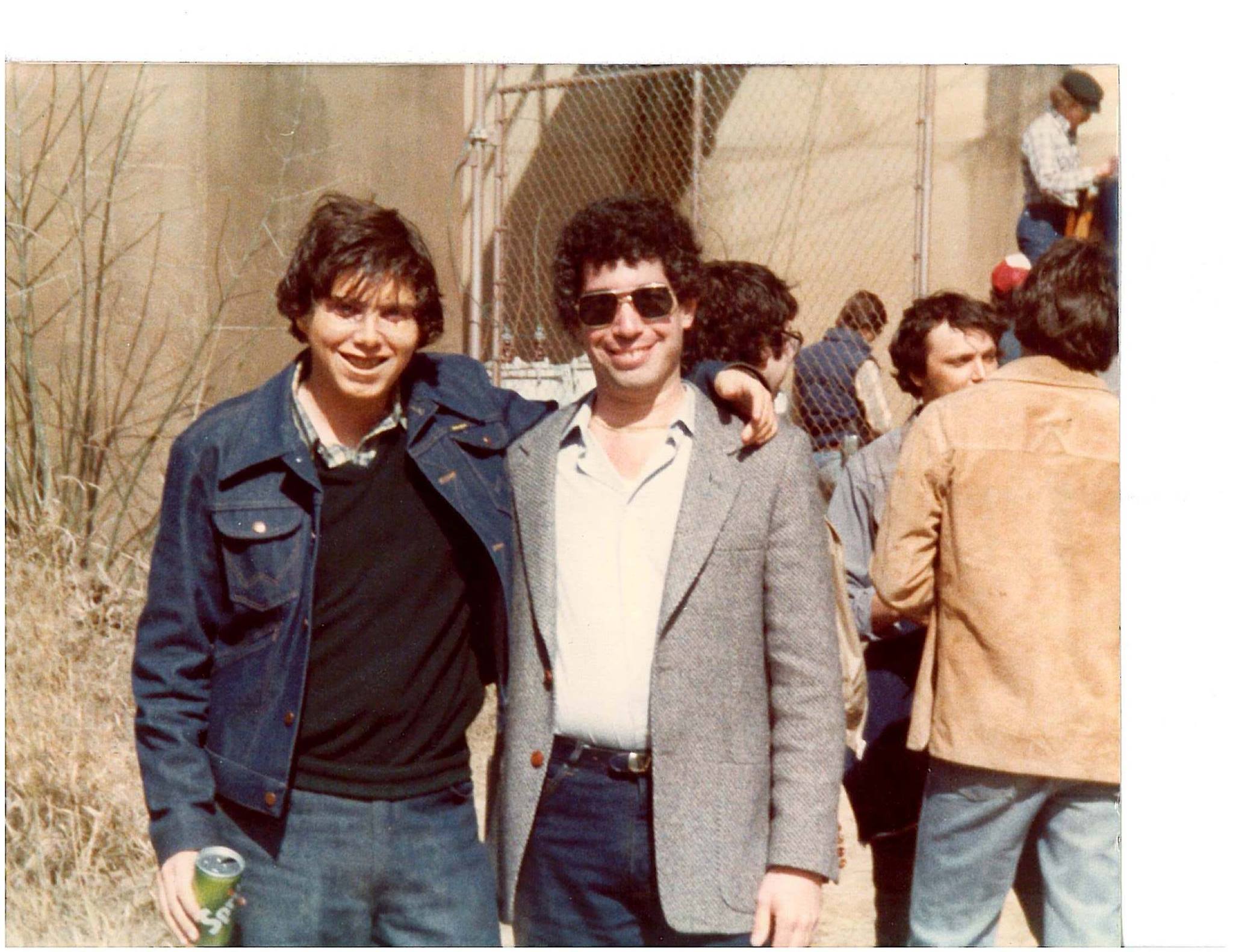
Discover more from File 770
Subscribe to get the latest posts sent to your email.

Great fotos!
Thank you, Steve, for this beautiful memoir and the wonderful photos. I always admire the rare people like you who have known so many people whom I have admired but never met. And seeing pics of people I did know, but who have passed, also generates a warm feeling. It is a gift to us all that you are willing to share your life, your heritage, with the rest of us.